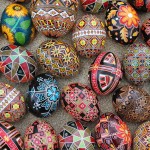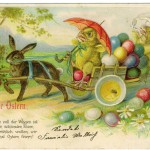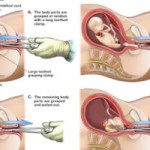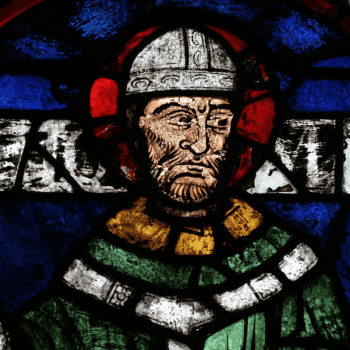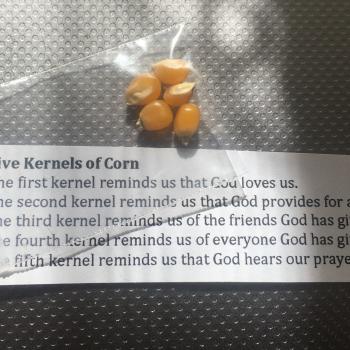The history of Israel was inextricably linked to pagan worship, which God abhorred and prohibited his followers from having anything to do with. God repeatedly commanded the Old Testament prophets and faithful leaders to destroy temples and idols dedicated to false gods and redirected his people to worship him alone.
In other cultures the same pagan gods worshipped in Israel (like Baal and Ashtaroth) were called Tammuz and Ishtar, respectively. Their images were depicted on stones and placed on high places, poles and altars. Near the poles, male and child prostitution was prevalent. Child sacrifices– literally burning children alive– was integral to pagan worship at the altars of Baal.
All of this was an abomination to God. Israelites actually put idols and pagan constructs inside of the holy temple, defying God’s commands. Women actually wept for Ishtar in public and baked her bread. They gathered outside of God’s temple weeping for Ishtar, not God. (See Ezekiel 8:14; Jeremiah 7:18, 16:20, 19:5; Judges 6:25-26; Numbers 25:3; 1 Kings 18:40; 2 Kings 23.)
Some historians argue that the pagan symbols used to worship Baal and other gods were later incorporated into Islamic and Roman Catholic symbology and architecture. One Christian ministry suggests that “the Allah of Islam is none other than Baal in disguise.” Likewise, they argue that the “Roman Catholic Queen of Heaven is none other than Ishtar, the consort of Baal.”
Is it possible that Islam and Catholicism are actually connected? This short video suggests that modern-day Easter was derived from Baal worship that was incorporated by the Roman Catholic Church under the Holy Roman Empire. Because of Roman Emperors and popes, Easter was transformed into a revised “Roman Catholic and Eastern Orthodox” tradition from preexisting pagan traditions.
Centuries later, similar traditions were incorporated into Islam, such as prayer and fasting rituals.
Is there a connection between the Islamic crescent symbol and that which is used by Roman Catholicism, both pointing to Baal?
How can Christians identify idols in their own lives?
And, can the joy of Christ’s resurrection still focus on the miracle of eternal life and salvation he brings, despite the Easter holiday falling at the same time as the centuries-old pagan holiday?

